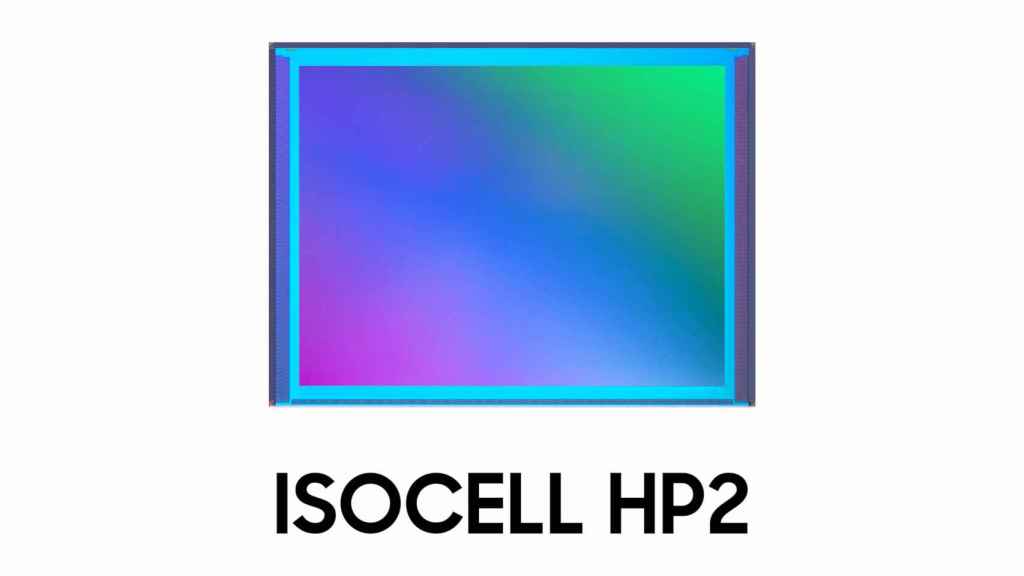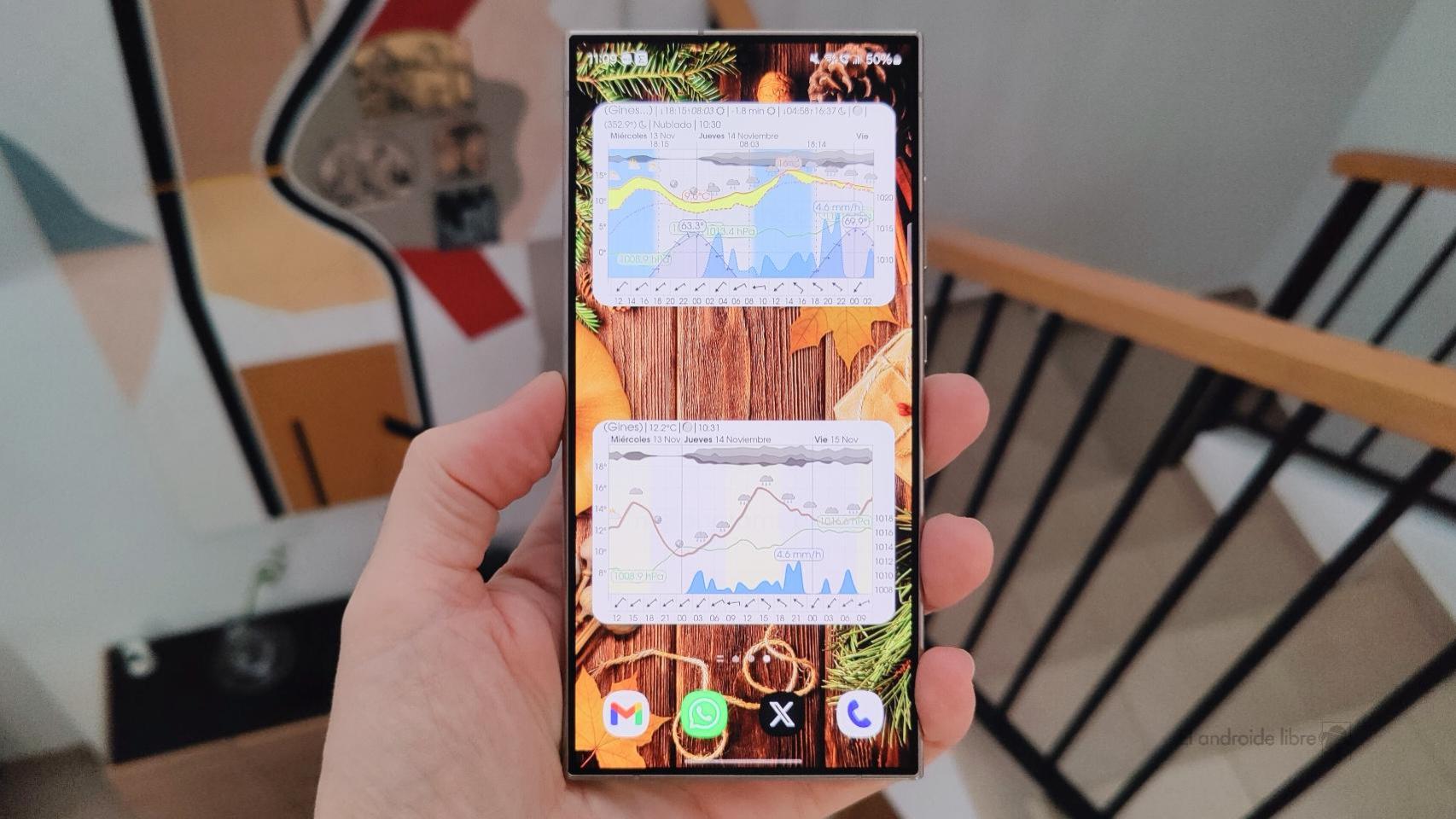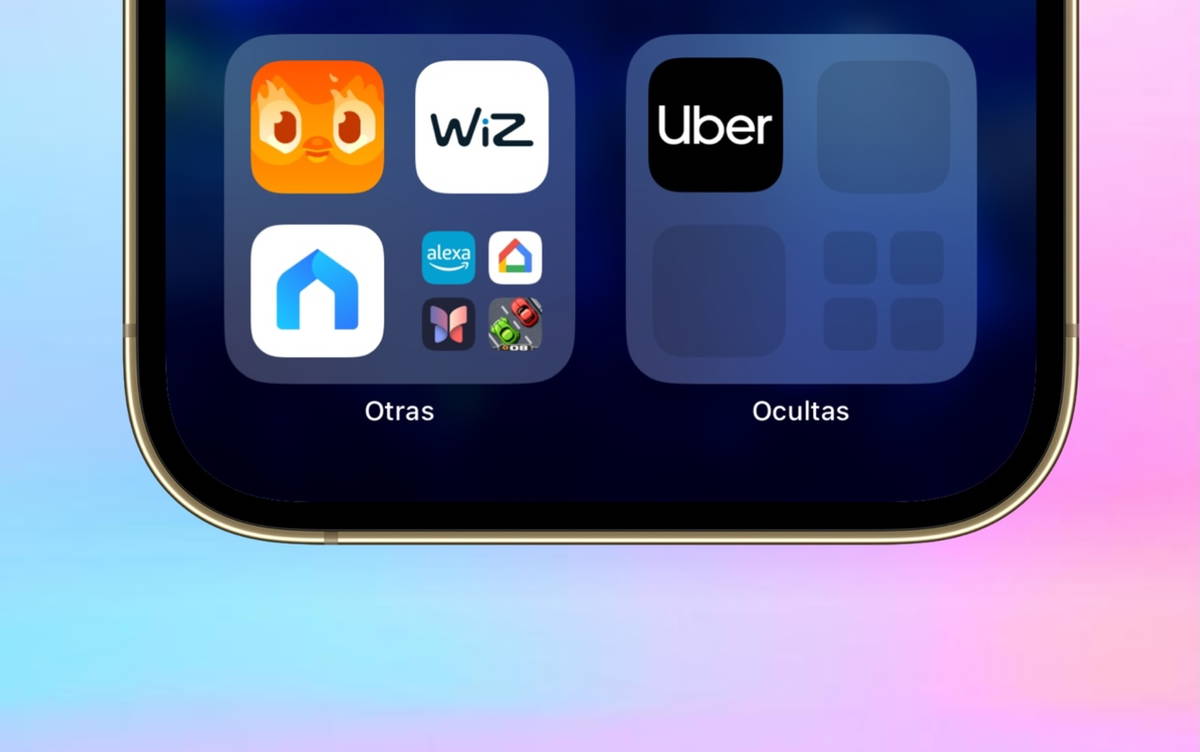Samsung is one of the leading manufacturers of camera sensors on the market, so it’s understandable that each release is met with enthusiasm. For example, the Samsung ISOCELL HPX presented a few months ago has been included in mobile phones such as the Redmi Note 12 Pro so that they can make the jump to 200 Mpx.
[Los próximos móviles chinos van a a traer cámaras de 200 Mpx, gracias a lo nuevo de Samsung]
The sensor model presented today also reaches the resolution of 200 Mpx, but it is very different; It’s like comparing two cars with engines that have the same power, but very different characteristics.
Samsung’s most advanced camera sensor
And it is that the ISOCELL HP2 is the most advanced camera sensor ever launched by Samsung and therefore we hope that it will only reach some selected high-end mobiles. And we hope it will be in the next Samsung Galaxy S23 Ultra which will be presented next February.
Ironically, although Samsung has already created several 200MP sensors, it hasn’t used any in its own phones so far. Perhaps because the company itself was aware that resolution isn’t everything in the photography business, flagship models like the Galaxy S22 Ultra stuck to “only” 108MP.
Samsung ISOCELL HP2
Instead, the ISOCELL HP2 has a lot more ballots to include in Samsung’s next lineup, starting with its 1/1.3-inch format, which is identical to that used in the 108 Mpx sensor; therefore, manufacturers including Samsung will not have to make so many modifications to include it in their mobiles. This matches the leak that the S23 Ultra will retain the design of the S22 Ultra, which has become Samsung’s new brand image.
It will also be a superior sensor compared to the other 200MP in aspects such as auto focus, which will be able to use the 200 million pixels for photography in low-light scenarios. By using that many pixels, you’ll be able to get more brightness data, but the focus adjustment elements will also be important, grouped into groups of four pixels to recognize vertical and horizontal patterns. In addition, in high light situations, too bright photos will be avoided thanks to the new D-VTG (Dual Vertical Transfer Gate) technology.
As usual, you’re unlikely to use 200MP in all of your photos, and it’s just an option in the camera app. Instead, by default, mobile can take 50MP or 12.5MP photosusing “pixel binning” technology which produces images of lower resolution but greater clarity, by combining information from multiple pixels into one.
The Samsung ISOCELL HP2 has not been announced for any mobile, but considering that there are only a few weeks left for the S23 event, everything indicates that it will be used in these mobiles.
You may be interested
Follow the topics that interest you









